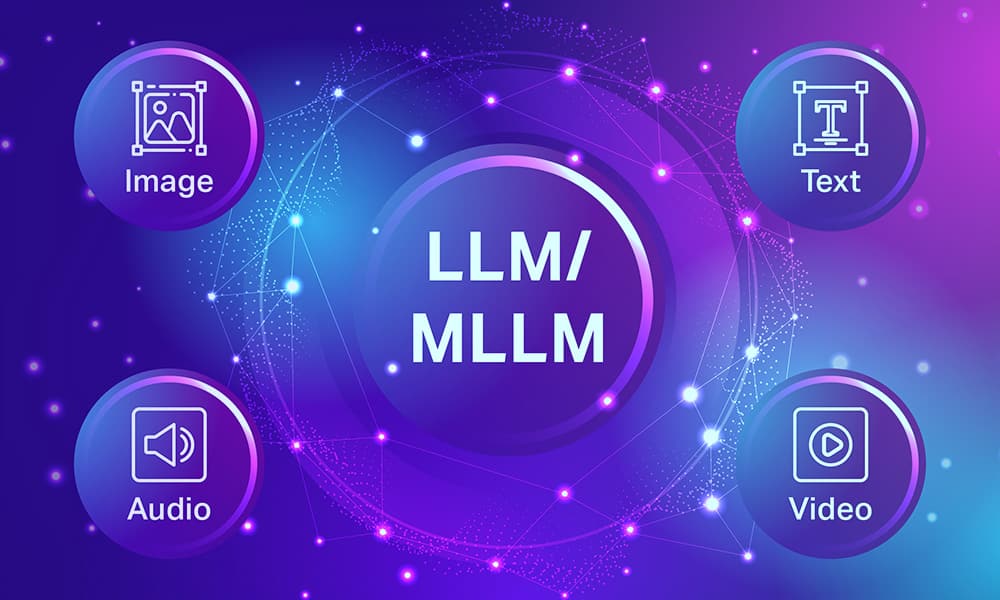Introduction
As the development of Large Language Models (LLMs) accelerates, it’s vital to assess their practical application across various fields comprehensively. This article delves into seven key areas where LLMs, such as BLOOM, have been rigorously tested, leveraging human insights to gauge their true potential and limitations.
Human Insights on AI #1: Toxic Speech Detection
Maintaining a respectful online environment necessitates effective toxic speech detection. Human evaluations have shown that while LLMs can sometimes pinpoint obvious toxic remarks, they often miss the mark on subtle or context-specific comments, leading to inaccuracies. This highlights the need for LLMs to develop a more refined understanding and contextual sensitivity to effectively manage online discourse.
Example for Human Insights on AI #1: Toxic Speech Detection

LLM Evaluation: The LLM might fail to detect the underlying passive-aggressive tone of the comment as toxic, given its superficially neutral wording.
Human Insight: A human moderator understands the comment’s contextual negativity, recognizing it as a subtle form of toxicity aimed at undermining the other person’s stance. This illustrates the need for nuanced understanding in LLMs for effective moderation.
Human Insights on AI #2: Artistic Creation
LLMs have garnered attention for their ability to generate creative texts like stories and poems. Yet, when assessed by humans, it’s evident that while these models can weave coherent tales, they frequently fall short in creativity and emotional depth, underscoring the challenge of equipping AI with a truly human-like creative spark.
Example for Human Insights on AI #2: Artistic Creation

LLM Output: The LLM suggests a plot where the detective travels back to prevent a historical injustice but ends up causing a major historical event.
Human Insight: While the plot is coherent and creative to a degree, a human reviewer notes that it lacks originality and depth in character development, highlighting the gap between AI-generated concepts and the nuanced storytelling found in human-authored works.
Human Insights on AI #3: Answering Questions
Question-answering capabilities are fundamental for educational resources and knowledge retrieval applications. LLMs have shown promise in accurately responding to straightforward questions. However, they struggle with complex inquiries or when a deeper understanding is necessary, highlighting the critical need for ongoing learning and model refinement.
Example for Human Insights on AI #3: Answering Questions

LLM Answer: “The Industrial Revolution began in Britain due to its access to natural resources, like coal and iron, and its expanding empire which provided markets for goods.”
Human Insight: Although accurate, the LLM’s response misses deeper insights into the complex socio-political factors and innovations that played critical roles, showing the need for LLMs to incorporate a more comprehensive understanding in their answers.
[Also Read: Chain-of-Thought Prompting – Everything You Need To Know About It]
Human Insights on AI #4: Marketing Creativity
In marketing, the capacity to craft engaging copy is invaluable. LLMs have demonstrated potential in generating basic marketing content. However, their creations often lack the innovation and emotional resonance crucial for truly compelling marketing, suggesting that while LLMs can contribute ideas, human ingenuity remains unparalleled.
Example for Human Insights on AI #4: Marketing Creativity

LLM Suggestion: “Pack it Green, Keep it Clean.”
Human Insight: While the slogan is catchy, a marketing expert suggests that it fails to convey the innovative aspect of the product or its specific benefits, pointing out the necessity of human creativity to craft messages that resonate on multiple levels.
Human Insights on AI #5: Recognizing Named Entities
The ability to identify named entities within text is crucial for data organization and analysis. LLMs are adept at spotting such entities, showcasing their utility in data processing and knowledge extraction efforts, thereby supporting research and information management tasks.
Example for Human Insights on AI #5: Recognizing Named Entities

LLM Detection: Identifies “Elon Musk” as a person and “space tourism” as a concept.
Human Insight: A human reader might also recognize the potential implications for the space industry and the broader impact on commercial travel, suggesting that while LLMs can identify entities, they may not grasp their significance fully.
Human Insights on AI #6: Coding Assistance
The demand for coding and software development aid has led to LLMs being explored as programming assistants. Human assessments indicate that LLMs can produce syntactically accurate code for basic tasks. However, they face challenges with more intricate programming problems, revealing areas for improvement in AI-driven development support.
Example for Human Insights on AI #6: Coding Assistance

LLM Output: Provides a Python function that checks for primality by trial division.
Human Insight: A seasoned programmer notes that the function lacks efficiency for large inputs and suggests optimizations or alternative algorithms, indicating areas where LLMs might not offer the best solutions without human intervention.
Human Insights on AI #7: Mathematical Reasoning
Mathematics presents a unique challenge with its strict rules and logical rigor. LLMs are capable of solving straightforward arithmetic problems but struggle with complex mathematical reasoning. This discrepancy highlights the difference between computational capabilities and the deep understanding necessary for advanced math.
Example for Human Insights on AI #7: Mathematical Reasoning

LLM Output: “The sum of all angles in a triangle is 180 degrees.”
Human Insight: While the LLM provides a correct and direct answer, an educator might use this opportunity to explain why this is the case by illustrating the concept with a drawing or an activity. For example, they could show how if you take the angles of a triangle and place them side by side, they form a straight line, which is 180 degrees. This hands-on approach not only answers the question but also deepens the student’s understanding and engagement with the material, highlighting the educational value of contextualized and interactive explanations.
[Also Read: Large Language Models (LLM): A Complete Guide]
Conclusion: The Journey Ahead
Evaluating LLMs through a human lens across these domains paints a multifaceted picture: LLMs are advancing in linguistic comprehension and generation but often lack depth when deeper understanding, creativity, or specialized knowledge is required. These insights emphasize the need for ongoing research, development, and most importantly, human involvement in refining AI. As we navigate AI’s potential, embracing its strengths while acknowledging its weaknesses will be crucial for achieving breakthroughs in technology AI Researchers, Technology Enthusiasts, Content Moderators, Marketers, Educators, Programmers, and Mathematicians.
End-to-end Solutions for Your LLM Development (Data Generation, Experimentation, Evaluation, Monitoring) – Request A Demo










